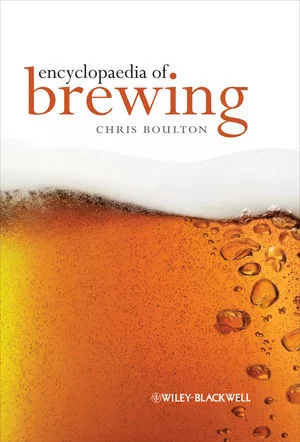Packaging evolutions can create a domino effect for operations
Supply chain adapt to accommodate refreshed packaging
Walking through the retail marketplace, observing the myriad beverage packages and visualizing the process that created what now is being observed, the magnitude and complexity of the process becomes evident. Making the current observation and possessing years of experience, it becomes instinctive to make a breakdown of package components, visualize the detail of each operation in the process and analyze the domino effect that takes place whenever packaging changes are made.
Some examples will illustrate this point. First is the variety of closure sizes/types and the related standard or specialized equipment that could be required to close the package. Second is the wide range of container sizes, types and materials that might be required standard or customized machinery. Third is the various wrapping designs/concepts used to unitize the containers that obviously needed dedicated and/or flexible machinery for the operation. All of these represent the impact of packaging on the producing department in a beverage facility. The significant question in the packaging arena is: Why is all this important?
These issues are important because beverage packaging decision-makers continually are making changes to existing packages and establishing new packages for products. Historically, and realistically, these changes create what has been illustrated as the domino effect in the production segment of the supply chain. Let’s brief the rationale behind the packaging decisions to determine how the domino effect is generated and how it can become a very cost-intensive project.
Packaging people have used the age-old phrase “packaging sells” to justify new entries or the modification of old items. It has been, among others, a prime mover of package changes, often times without adequate basis for proceeding with production. The rationale that packaging is a major factor for consumer acceptance, appeal and success is not an issue; however, changes, with or without justification, can create an expensive and short-lived domino effect.
Packaging changes and the usual domino effect go hand in glove. They have always existed and will probably be on-going priorities. As an example, more than 50 years ago, paper versus foil labels on returnable beer bottles was a project that involved labelers without the flexible capability of handling both types of labels. Cost was an obvious issue, but the project involved machinery manufacturers, label suppliers and material compliance agreements before production could proceed — in fact, it became a domino effect with major capital expenditures. Today, the packaging observations were meant to confirm the validity of a realistic domino effect in beverage packaging with considerably more high-tech complexity, personnel training and capital investment.
To appreciate the fact that a domino effect usually happens when package changes are made, beverage packaging lines are reviewed to recognize various operations and the management and supplier personnel involved in a project. Even though most packaging changes are originated by parent companies or franchisors, contractors or franchisees usually have a packaging director or team that coordinates major projects to provide justification, specification requirements and adherence to schedules. One of the main concerns here is making sure that the designated producer has the capability and capacity to produce the package (either new or modified old).
For can lines, changes in container, closure or package might involve container handling systems, including lids, filling nomenclature, closing machines, wrapping equipment and casing machinery. For example, going from 12- to 8-ounce cans, a change from steel to aluminum material, closing machine speeds, shrink-wrap tray, or various six- or 12-pack carrier equipment. These are only a few of the many can package changes that will continue to create and perhaps magnify the domino effect.
For bottling lines (glass or non-returnable), returnable glass is somewhat infrequent; however, many are proprietary and could require dedicated machines throughout the line, including closures and labels that also might be proprietary with related special equipment. Non-returnable bottles could require rinsing, filling, closing and wrapping changes depending on the container configuration. In any case, a domino effect actually is created to provide required capability and capacity.
For PET bottling lines, the bottles present a special situation because many producers manufacture their own bottles. In this scenario, the domino effect is different and can be more complex because the producer plays several roles in the project for any PET design change involving container production equipment that normally would not occur. However, in addition to all operations on the normal production line, where the domino effect might not take place, container manufacturing presents a challenge to minimize the impact that inevitably will occur. Plastic packaging volatility and the domino effect will remain an issue.
From an operations perspective, beverage packaging, to some extent, always will create a domino effect in the production segment of the supply chain. BI
Looking for a reprint of this article?
From high-res PDFs to custom plaques, order your copy today!





